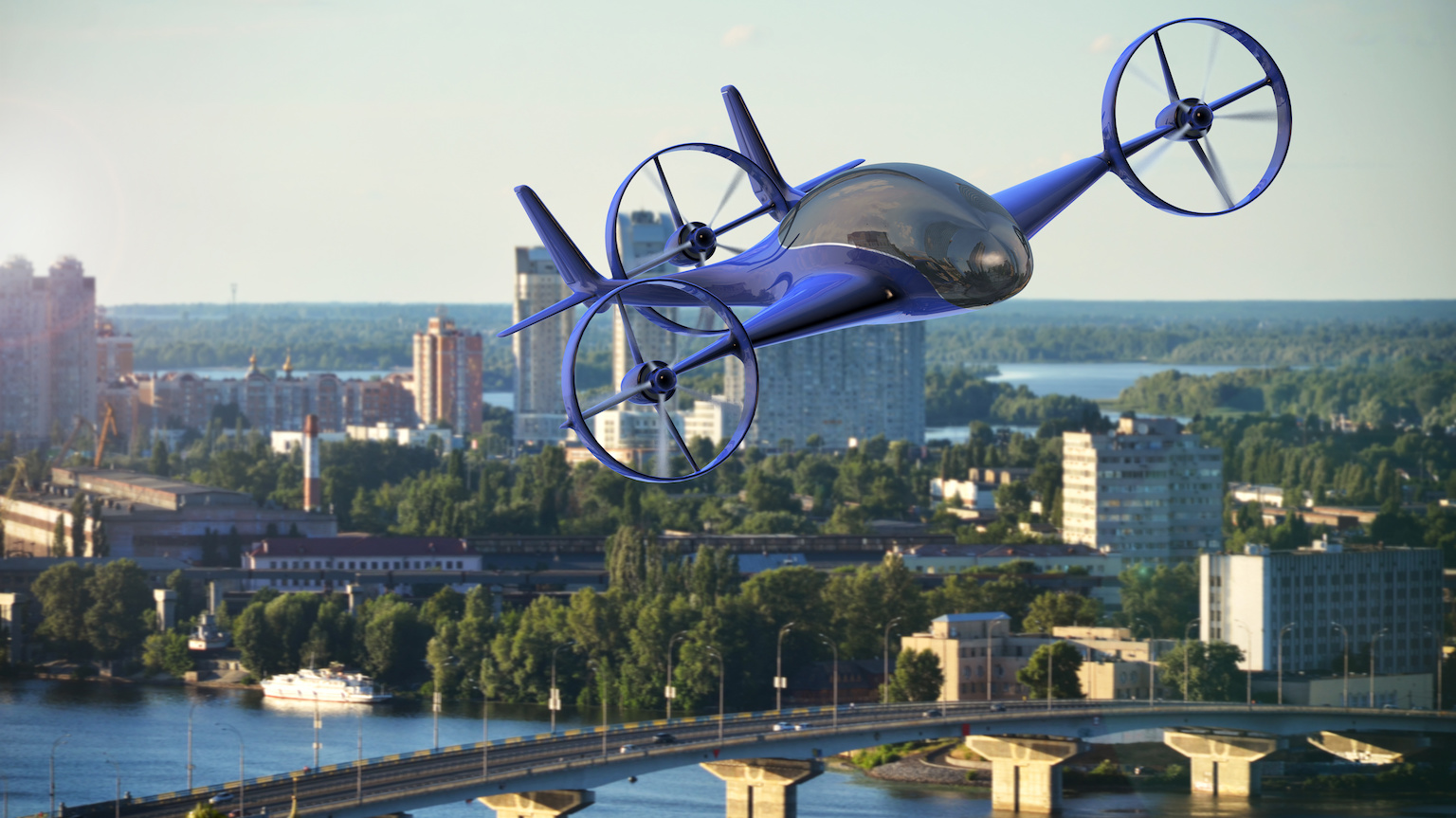
Formula E made a rare trip to a permanent circuit in Portland. Set up outside the city, the track is rural and the walls have disappeared in favour of patches of grass.
The two long straights also made life complex on the battery side: “It’s the most complicated circuit we’ve come across from an energy point of view,” said DS Penske’s Vergne before the race. “In the simulator, we’d never worked on a track where you had to stay so far back in the pack to conserve energy. With the very high aerodynamic drag of these electric single-seaters, you can easily save 20% of energy per lap by staying behind the leader, and it’s clear that apart from pole position there’s no point in being the leader before the end.”
The DS Penske driver’s assertions were proven correct the very next day. This is the first time that motorsport has come so close to cycling. The leading driver doesn’t want to expend too much energy and so huddles in the pack, also knowing they can’t attempt a breakaway because they would use up too much energy before the end of the race and would be reeled in by the pack.
But DS Penske also had to come out fast to try and take as many points as possible. On this unfamiliar track, the Franco-American team’s DS E-TENSE FE23s generally do well. “I don’t know how the others work,” Vergne said. “But for our part, we analyse every corner in the simulator, we do a lot of work before coming to the circuits, and we arrive with a very meticulous preparation.”
Jean-Eric Vergne, DS Penske, Stoffel Vandoorne, DS Penske
Photo by: DPPI
From pitlane to 4th position
As the race took place on a permanent circuit, it was possible to run the first practice session on Friday afternoon, at the same time as the start of the race scheduled for the following day. The first few laps were cautious for all concerned, and resulted in a few swerves in the grass. At the end of this first session, led by McLaren’s Rene Rast, Vergne was less than two-tenths off the pace and his team-mate Vandoorne was half a second off the top of the timesheet. The gaps were close, with 17 drivers within a second of each other.
The following day, the second practice session was fairly quiet, especially as it took place just over an hour before qualifying. The DS Penskes went about their business, alternating between economical and hard laps. The end of the session revealed a little more about everyone’s intentions. But by qualifying, things got serious. In Group A, Vergne qualified for the quarter-finals, along with Nissan pair Sacha Fenestraz and Norman Nato, plus Maserati’s Maximilian Guenther. Vandoorne missed out on a place in the next round by just five hundredths of a second. In any case, his efforts were in vain, as a few minutes later we learned that the two DS Penske drivers had been penalised and would start from the pitlane.
But all hope was not lost, because in Monaco Vergne and Vandoorne had started from the back row and finished in the points. This was not to be the case in Portland, where the race was marred by two accidents which resulted in a safety car, bringing the proceedings to a standstill and four laps were to be added on.
A shrewd strategist, Vergne momentarily climbed to fourth position, at one point posting the highest top speed in the race of 169.2mph. But the interplay of attack modes saw him drop back to 11th position at the chequered flag, just ahead of team-mate Vandoorne in 12th.
The next round of the Formula E world championship will take place in three weeks’ time, on 15-16 July, on the hilly street circuit of Rome.

Stoffel Vandoorne, DS Penske
Photo by: DPPI






